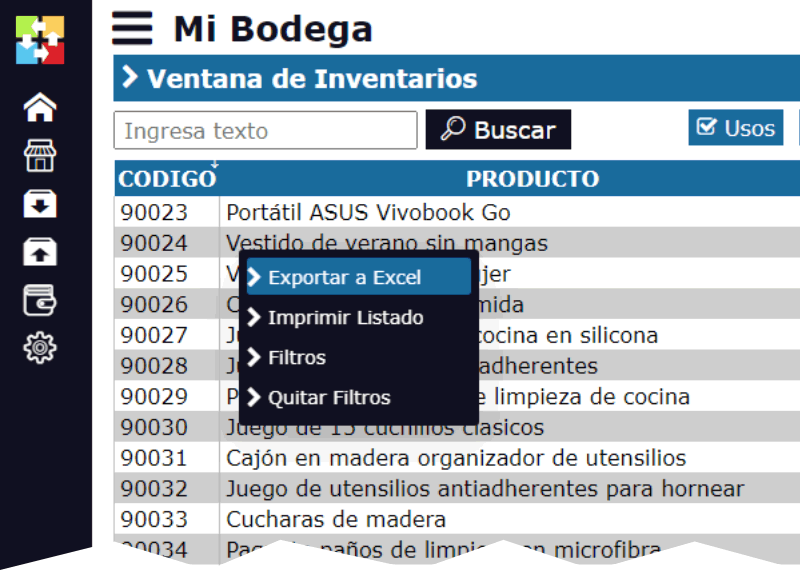Kardex and Predictive Analysis: Anticipating discrepancies before audits.
Kardex and Predictive Analysis: Predicting Discrepancies Before Audits
In the world of accounting and inventory management, the Kardex is a fundamental tool for recording and controlling the movement of goods and materials. However, in the digital age, the traditional Kardex may not be sufficient to detect and prevent discrepancies in inventories. This is where predictive analysis comes in, a technique that allows for predicting and anticipating potential problems before they occur.

What is a Kardex?
A Kardex is a record used to control and manage the movement of goods and materials in a company. It is used to record the entry and exit of products, as well as to track inventory levels. The Kardex is a fundamental tool for maintaining accurate and up-to-date control of inventories, allowing companies to make informed decisions about resource management.
What is Predictive Analysis?
Predictive analysis is a technique that uses historical data and statistical algorithms to predict future events. In the context of the Kardex, predictive analysis is used to identify patterns and trends in inventory data, allowing for the prediction of potential discrepancies and problems before they occur.
Benefits of Predictive Analysis in Kardex
Predictive analysis offers several benefits in the context of Kardex, including:
- Improves inventory accuracy: Predictive analysis allows for identifying patterns and trends in inventory data, helping to improve inventory accuracy and reduce discrepancies.
- Reduces error risk: Predictive analysis allows for predicting potential errors and problems before they occur, reducing the risk of errors and losses.
- Improves efficiency: Predictive analysis allows companies to make informed decisions about resource management, improving efficiency and reducing costs.
- Improves transparency: Predictive analysis provides a clear and accurate view of inventory data, improving transparency and trust in inventory management.
How to Implement Predictive Analysis in Kardex
To implement predictive analysis in Kardex, the following steps can be followed:
- Collect data: Collect historical data on inventory and movement of goods and materials.
- Analyze data: Analyze the collected data to identify patterns and trends.
- Develop a predictive model: Develop a predictive model that uses statistical algorithms to predict future events.
- Implement the model: Implement the predictive model in Kardex to predict potential discrepancies and problems.
- Monitor and adjust: Monitor and adjust the predictive model as necessary to ensure it is working correctly.
Conclusion
Predictive analysis is a powerful tool that can help companies predict and prevent discrepancies in inventories. By implementing predictive analysis in Kardex, companies can improve inventory accuracy, reduce error risk, improve efficiency, and improve transparency. It is essential to remember that implementing predictive analysis requires careful planning and execution to ensure it is working correctly.





